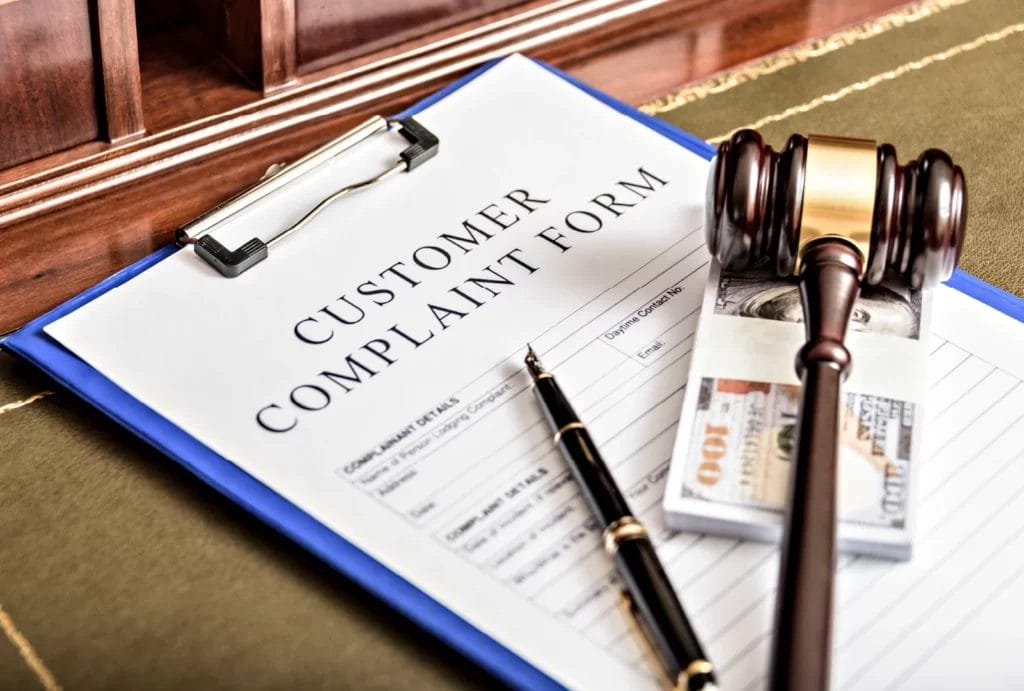
JoAnne Hammer | Program Manager
JoAnne Hammer is the Program Manager for Insurance Canopy. She has held the prestigious Certified Insurance Counselor (CIC) designation since July 2004.
JoAnne understands that starting and operating a business takes a tremendous amount of time, dedication, and financial resources. She believes that insurance is the single best way to protect your investment, business, and personal assets.
JoAnne Hammer is the Program Manager for Insurance Canopy. She has held the prestigious Certified Insurance Counselor (CIC) designation since July 2004.
JoAnne understands that starting and operating a business takes a tremendous amount of time, dedication, and financial resources. She believes that insurance is the single best way to protect your investment, business, and personal assets.
As a Certified Insurance Counselor, Insurance Canopy program manager, and small business owner, a strong focus of my work for the past 20+ years has been helping business owners — including fitness professionals — understand how to protect their businesses.
One of the biggest risks in the fitness industry to be aware of and defend yourself against is sexual harassment.
Following the #MeToo movement, we’ve seen efforts for increased education on the topic of sexual harassment, however, the issue remains pervasive. In a 2024 Newcomb Institute study, 82% of women and 42% of men surveyed said that they’ve experienced sexual harassment in their lifetime.
Let’s talk about how you can create a safe space for yourself and your clients, contribute to a zero-tolerance culture, and defend your fitness business from risk.
What Is Sexual Harassment in the Sports, Health, and Fitness Industry?
Sexual harassment is defined by Merriam-Webster as “uninvited and unwelcome verbal or physical behavior of a sexual nature.”
According to the U.S. Equal Employment Opportunity Commission (EEOC), sexual harassment can include unwelcome sexual advances, requests for sexual favors, and other verbal or physical harassment of a sexual nature.
It’s important to note that whether an act is considered harassment is determined by the recipient’s perception. That is to say, it’s subjective.
Each person has their own standard for what they deem appropriate behavior, and therefore, welcome or not. So if the person on the receiving end of a comment or action thinks it’s harassment, then it is.
In the context of the fitness industry, some examples of sexual harassment are:
- Staring inappropriately
- Unwanted physical contact
- Favoritism based on personal attraction
- Recording clients without their permission
- Sending lewd messages outside of sessions
- Wearing clothing to purposefully elicit a reaction
- Inappropriate comments or advances during sessions
- Misuse of personal trainer-client relationships for coercion
- Compliments about physical appearance unrelated to fitness
Remember: Sexual harassment can occur between various dynamics, including between an employer and a trainer, a trainer and their client, or vice versa.

Fitness Risks Trainers Face Regarding Sexual Harassment
You may be familiar with how to lower the common risks of being a personal trainer, but it’s also essential to think about how sexual harassment allegations can arise in your environment.
Training and gym harassment risks include:
- Close physical proximity: The nature of your work requires you to be physically close to clients, so it’s important to be aware of your movement and be intentional about where you position yourself while training.
- Perceived power imbalances: You’re the expert in this professional relationship, so your client may view you as having authority over them. Never use this perceived dynamic with malicious intent.
- Misinterpretation of touch or guidance: During training, you’ll often correct clients’ form to prevent fitness injuries. Clients can misinterpret your touch — even if your intentions are strictly professional.
- Isolated training sessions: If you offer one-on-one training sessions, this can increase the risk of allegations or personal trainer lawsuits, as there are fewer witnesses to verify that your behavior is appropriate.
- Lack of policy enforcement: If you work in a gym without clear anti-harassment policies, you, your coworkers, and your clients may not fully understand what is and isn’t appropriate during training.
“We can establish a strong foundation for a safe, inclusive fitness community by focusing on education, communication, and policy. We all want to feel valued while working out, and as fitness professionals, we have a responsibility to make that happen.”
– Dr. Kevin Huffman | CEO of On the Rocks Climbing Gym

Fitness Risk Management Techniques to Avoid Sexual Abuse Claims
More than half of women (56%) have experienced harassment while working out at a gym, according to a 2021 study. As a personal trainer, you can set the tone for fostering a culture that prioritizes safety through your actions.
Commit to creating a respectful, supportive environment for yourself and your clients. Here are a few tips for risk management in the fitness industry:
1. Educate Yourself
Understand the different types of sexual violence that occur, as well as the nuances of appropriate behavior in the context of personal training. Remember that everyone has different values and life experiences, so it’s best to err on the side of caution in your interactions with clients.
2. Establish Professional Boundaries
Let your clients know what they can expect from you — right from the beginning. Do not mix professional and personal relationships as this blurs boundary lines. For example, you can limit communication to texting only as it relates to your professional services, and you won’t share unnecessary personal details.
3. Ask for Verbal Consent
Always ask for consent before initiating physical contact, even for quick adjustments. And make sure your client knows they can decline if they feel they need to.
4. Communicate Clearly
Speak clearly and effectively with clients to lower the chance that your guidance can be misinterpreted. Keep your communication relevant to your training and avoid making overly personal comments, especially about their physical appearance.
5. Maintain Your Training Environment
Avoid offering personal training sessions in secluded areas. It’s best to host your sessions in a public or well-monitored space so that you and your clients can feel comfortable, knowing that there are others around to witness your training.
6. Document Sessions
Keep detailed records of your sessions and interactions, including dates, times, and what was covered. This can help protect you in case of a dispute.
7. Get Liability Insurance
Get personal trainer liability insurance in case of claims of third-party bodily injury, property damage, and even unmet expectations. Even without sexual abuse coverage, carrying insurance gives you peace of mind to respond to other risks, creating a safer environment for your clients overall.
8. Have Clear Protocols in Place
If you witness sexual harassment in your workplace, call it out! Have a system in place that allows for reporting so that anyone can feel comfortable voicing their concerns. This could be an anonymous drop box or a dedicated contact who will work to investigate any allegations.
9. Use a Liability Waiver
Implement a liability waiver for your training sessions. This document outlines the scope of your professional services and is designed to release you from the liability of client claims like personal or psychological injury.
Get a Free Personal Trainer Waiver
“A critical first step for fitness professionals is education — both for themselves and their clients — on recognizing and addressing harassment. Additionally, trainers must model respectful behavior at all times to reinforce their commitment to a harassment-free environment.
By integrating these measures into their practice, fitness professionals can build trust, create a safe space, and demonstrate their commitment to safety and respect.”
– Edward Hones | Founder at Hones Law
Protecting the hard work you’ve put into your training business is essential. By educating yourself on sexual harassment fitness risks and taking steps to prevent them in your operations, you can safeguard your business and contribute to creating a safer industry for all.
FAQs About Personal Trainer Sexual Harassment
How Should I Handle a Sexual Harassment Complaint From a Client?
Listen to your client’s concerns respectfully, document the details, and report the issue to your gym’s management or legal counsel. Follow any established policies for resolving complaints to ensure transparency and fairness.
Can Liability Insurance Protect My Reputation?
Carrying personal trainer liability insurance helps build client trust and demonstrates your commitment to responsibility and professionalism. By addressing sexual harassment risks proactively and establishing a safe environment for your clients, you can help reduce any potential harm to your credibility as a trainer.
How Do I Communicate Professional Boundaries Without Offending Clients?
Frame professional boundaries positively — they’re for the safety of both yourself and your clients. For example, explain that when you ask clients for consent to correct posture it’s to ensure that they feel comfortable and secure in the setting.



